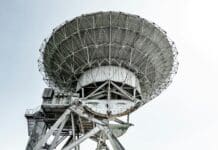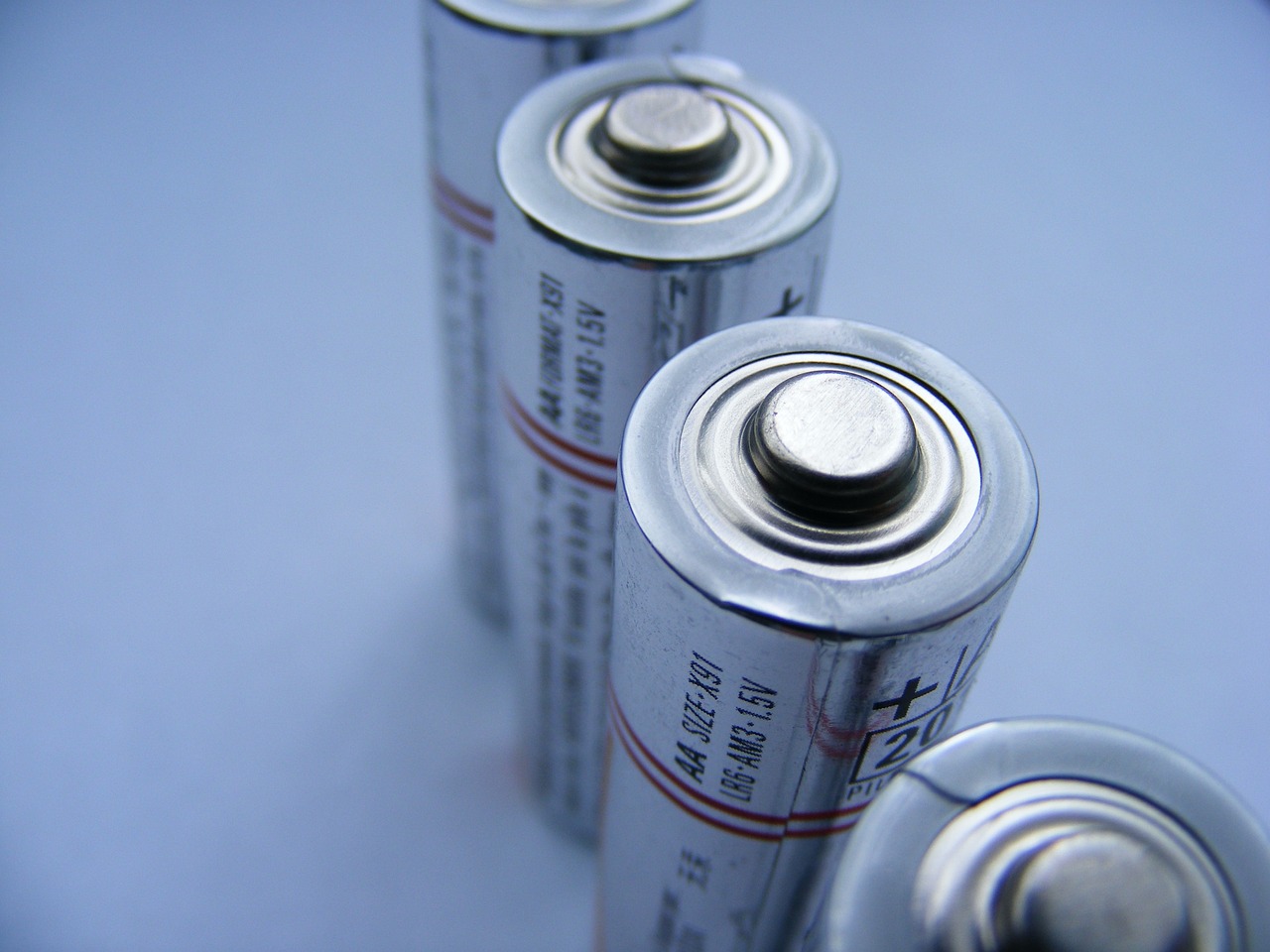This post is also available in:
 עברית (Hebrew)
עברית (Hebrew)
Today’s increasing activity in space brings a new and unexpected hazard in the form of space debris.
There are currently about 28,160 tracked objects in orbit that are monitored by the US Space Surveillance Network, consisting mostly of human-generated objects like pieces of spacecraft, parts of rockets, satellites that are no longer working, or explosions of objects in orbit flying around in space at high speeds (reaching speeds of almost 29,000 km per hour). The rate speed and volume of debris in LEO means that current and future space-based services, explorations, and operations pose a safety risk to people and property in space and on Earth.
But what can be done?
The ESA has recently taken the lead in space sustainability by introducing the ‘Zero Debris approach’, which has the bold goal of significantly limiting the production of debris in Earth and Lunar orbits by 2030 for all future missions, programs, and activities.
The space community has been extremely supportive of this initiative – 12 European countries were recently the first to sign the Zero Debris Charter at the ESA/EU Space Council in Brussels, and over 100 organizations from all over the world expressed their intent to sign and join the collaborative effort.
The Agency’s eight recommendations for zero space debris by 2030 are:
- ‘Self-disposal’ through atmospheric re-entry or re-orbiting to a safe altitude, must be verified in advance of a mission’s launch with a high success probability.
- Reducing the time an object is in orbit to lower the chance it will collide with another object and create further debris.
- Implementing improved collision avoidance strategies using automation, traffic coordination, communication protocols and more.
- Implementing enhanced health monitoring and robust passivation techniques to prevent satellites from breaking up.
- Avoiding intentional release of any ‘Mission Related Object’ to prevent further debris growth.
- Developing standardized tools and methodologies for assessing the casualty risk of re-entering objects on the ground and verifying assessments of a mission’s demise.
- Identifying and implementing measures to minimize the impact of space objects on optical and infrared astronomy, as well as radio astronomy, to maintain dark and quiet skies.
- Considering and protecting other orbits (like those used by GNSS constellations and lunar orbits) to ensure their long-term sustainability.
This information was provided by Innovation News Network.

























